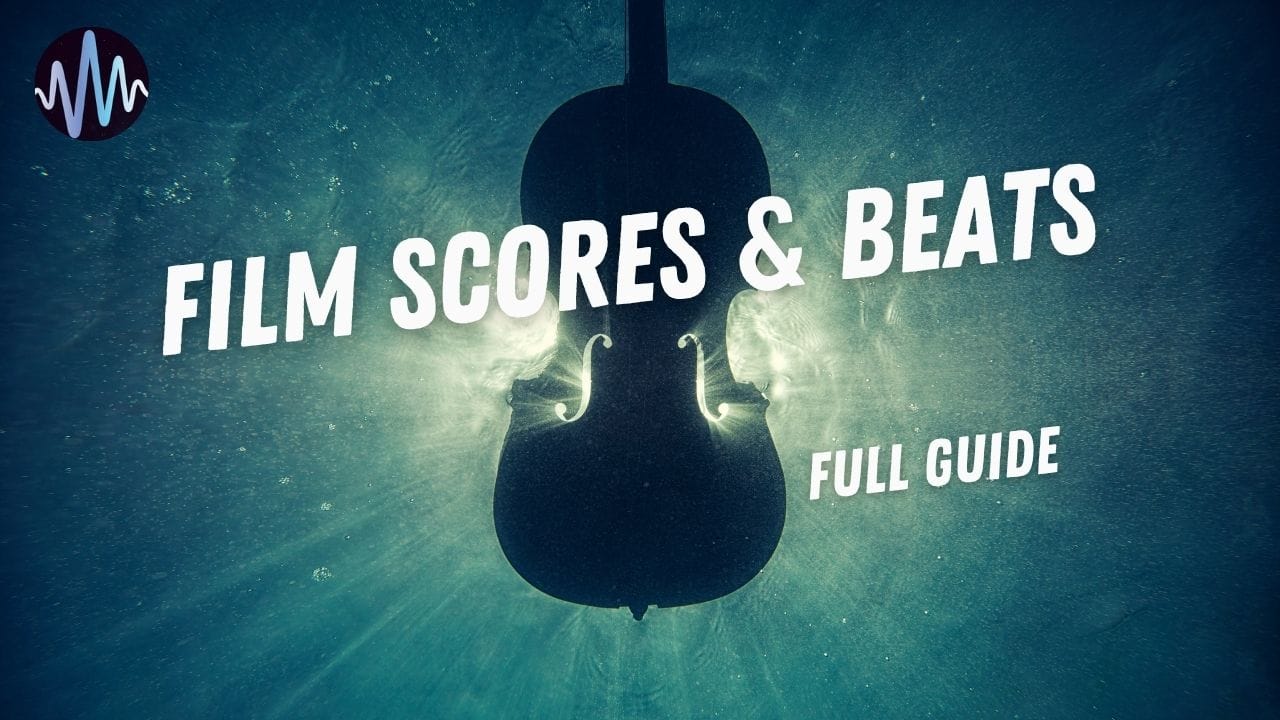
In 1994, DJ Paul was flipping through channels in his Memphis studio when he landed on Halloween.
That creepy piano melody caught his attention - not because he was thinking about "cinematic influence" right then and there, but because it sounded cool and would work well over drums.
He chopped it up, threw some 808s on it, and made "Victim of This Shit" for Gangsta Blac.
Here’s the song – it’s a great example of a well-known sample blending in and contributing to the mix:
This is just one example of a long tradition of sampling film scores, or creating music that blurs the line between music and cinema.
From RZA's kung fu obsession to Metro Boomin making trap beats sound like Marvel movie scores, film and hip-hop have been borrowing from each other for decades.
How Horror and Kung Fu Films Became Beat Blueprints
Movie theaters became unlikely classrooms for hip-hop producers, and Memphis hip-hop is a great starting point to explain how.
Three 6 Mafia turned horror movie sampling into an art form. DJ Paul, Juicy J, and Lord Infamous sifted through John Carpenter's entire catalog, plus Wes Craven films and weird horror movies that most people had never heard of.
It makes perfect sense. Want to create a dark, sinister atmosphere in your beats? Horror films are an excellent source of inspiration.
In many ways, horror composers and hip-hop producers want the same reaction from listeners. Both genres need to build tension, hit you with sudden impacts, and create an atmosphere that gets under your skin.
In a lot of early hip-hop, sinister themes and soundscapes tended to rule alongside the funkier, more soulful side of things, horror film audio elements started worming their way into production:
- String stabs and orchestral hits - those "jump scare" sounds work perfectly as beat punctuation
- Sustained tension - that creeping dread from horror scores translates directly to dark trap vibes
- Dynamic contrast - quiet moments make the loud parts hit way harder
- Weird textures - all those unsettling background sounds add character to beats
- Simple, repetitive hooks - horror themes stick in your head the same way good beats do
RZA's Kung Fu Symphony
While Three 6 Mafia was raiding horror films, RZA was deep in Shaw Brothers kung fu movies. But his approach was different: instead of just sampling the music, he was absorbing the entire philosophy behind the films.
RZA studied classical composers like Prokofiev, who gave each character their own musical theme. He applied the same concept to Wu-Tang members - each rapper got their own sonic signature that made them recognizable.
The kung fu dialogue snippets weren't random either. RZA carefully picked quotes that reinforced Wu-Tang's whole mythology about discipline, rebellion, and ancient wisdom applied to street life.
The whole thing came full circle when Quentin Tarantino hired RZA to help score Kill Bill.
The Anime Influence: When Japanese Animation Shaped Lo-Fi Hip-Hop
Anime opened up completely new possibilities because it could combine any musical style with any visual aesthetic.
No live-action film could show samurai sword fights set to hip-hop beats without looking ridiculous, but animation somehow made it work perfectly.
Samurai Champloo's Hip-Hop DNA
In 2004, Shinichiro Watanabe decided to make an anime about samurai, but score it entirely with hip-hop. Samurai Champloo featured producers like Nujabes and Fat Jon creating beats that somehow made perfect sense alongside sword fights in feudal Japan.
Nujabes went on to embrace this "champloo" style, taking jazz records and flipping them through hip-hop techniques but keeping all the emotional depth of the original music. It was like hearing J Dilla if he'd grown up in Tokyo instead of Detroit.
Beyond the sample choice, hip-hop has always possessed a cinematic style that naturally lends itself to cinematic auditory scene-making.
Nujabes and others began releasing concept or story albums, depicting music as a soundtrack to life —a creative lens for explaining our innermost thoughts – a window to the soul.
A personal favorite of mine, Nujabes’ Luv(sic) Part 3 feat.Shing02, describes that perfectly:
It's funny how the music put times in perspective
Add a soundtrack to your life and perfect it
Whenever you are feeling blue keep walking and we can get far (Yeah)
Wherever you are
It's funny how the music put times in perspective
Add a soundtrack to your life and perfect it
Whenever you are feeling blue keep walking and we can get far
Wherever you are
Samurai Champoo’s influence was massive. That whole "lo-fi hip-hop to study to" phenomenon that dominates YouTube? You can trace it directly back to Samurai Champloo.
Producers such as Flying Lotus and Kenny Beats have cited Nujabes as a major influence, and his approach to sampling essentially created an entire subgenre.
Samurai and hip-hop also became linked in actual cinema, as seen in the heavily hip-hop-inspired cult classic Ghost Dog: The Way of the Samurai, which features a soundtrack produced by Wu-Tang Clan, Killah Priest, and Public Enemy.
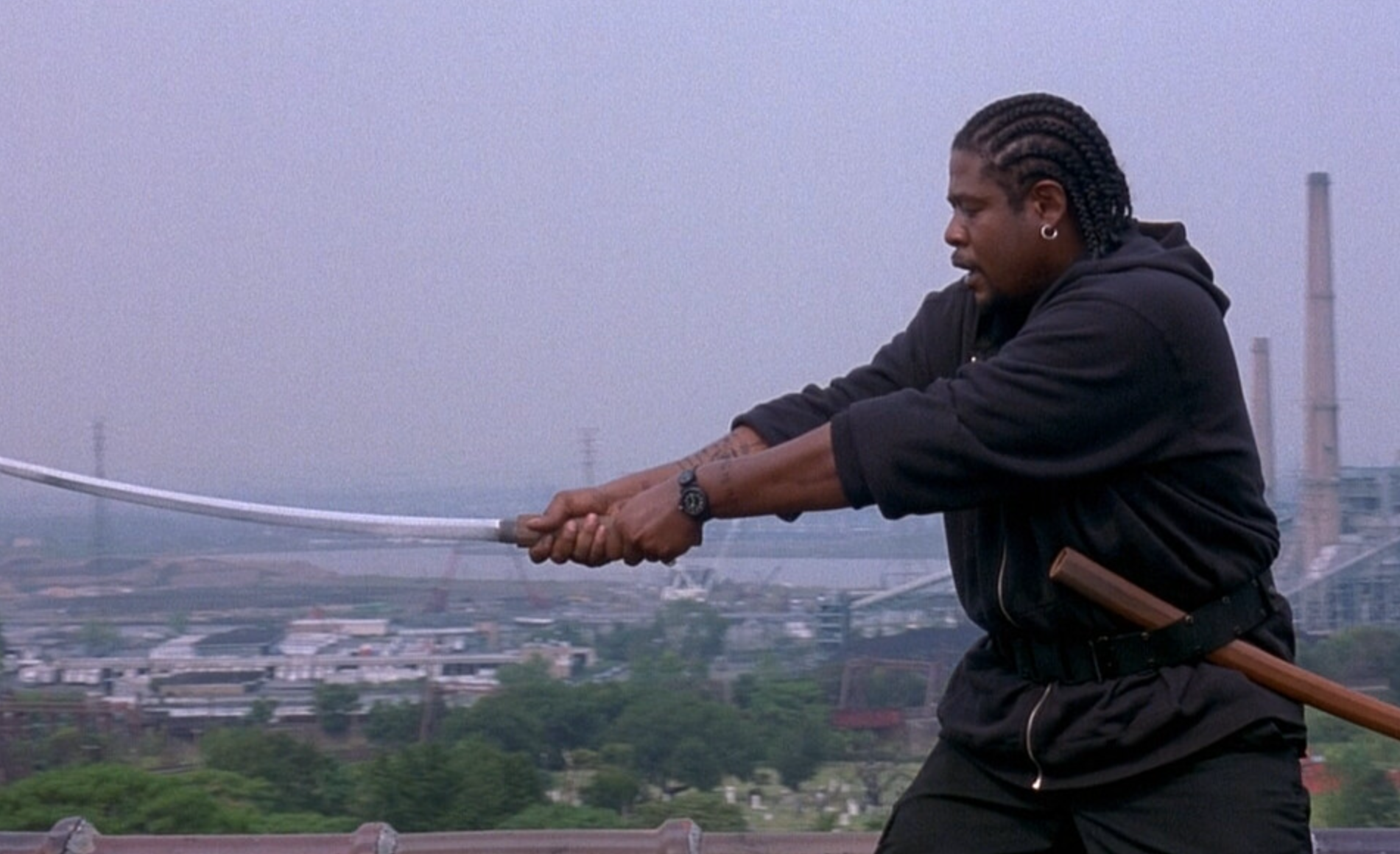
Western Scores in Hip-Hop's DNA
Outside of the samurai culture and aesthetic, Ennio Morricone became one of hip-hop's most sampled composers.
His spaghetti western soundtracks got chopped up over 400 times by everyone from Jay-Z to Eminem, and for good reason: they already sounded like beats waiting for someone to add drums.
Morricone's scores had everything hip-hop producers were looking for: simple, memorable melodies that stuck in your head, dramatic buildups perfect for beat drops, weird instruments like harmonicas and whip cracks that added character, and enough space in the arrangements for rappers to fit comfortably.
Western music can also sound confrontational – it encapsulates the essence of a one-on-one duel, paralleling rap battling.
Jay-Z's "Blueprint2" uses "The Ecstasy of Gold" from The Good, the Bad and the Ugly. Eminem sampled the same movie's main theme for "Bad Meets Evil." Method Man flipped For a Few Dollars More.
These aren't obscure deep cuts; producers were going straight for Morricone's most famous themes because they worked so well over 808s.
Film Scoring Techniques Invade Hip-Hop
Eventually, producers stopped just sampling film music and started adapting the actual techniques film composers use.
That involved truly thinking like movie composers – using music to tell stories, build characters, and manipulate emotions.
The BRAAAM Revolution
The sound worked because it solved the same problem for both film composers and beat makers: how to create instant drama without needing complex melodies. It was big, attention-grabbing, and worked in any musical context.
You started hearing BRAAAM-style sounds everywhere after Inception. Film trailers for Transformers: Dark of the Moon, Battleship, Prometheus, and Elysium all borrowed the effect. But more importantly for hip-hop, producers started incorporating those massive impact sounds into their beats.
You can really feel the big film score production vibes in songs by producer Metro Boomin.
Modern trap production adopted the BRAAAM approach wholesale. Those orchestral buildups and brass hits that became trap's signature sound trace directly back to Zimmer's Inception score.
How to Apply These Techniques in Your Own Production
Want to add some cinematic drama to your beats? Here's how you can use film scoring techniques without needing a Hollywood budget.
Build Tension Like a Horror Movie
Start with sustained, uncomfortable sounds - low drones, reversed vocals, or detuned synths. Let them sit for a while before hitting with your main beat.
Horror composers know that anticipation is often scarier than the actual scare, and the same principle applies to beat drops.
Use the BRAAAM Effect
You don't need Hans Zimmer's studio to create massive impact sounds. Layer a low brass sample with some sub bass, add some distortion, and automate a low-pass filter to create that rising tension effect. It's perfect for transitions between verse and chorus.
Try Orchestral Arrangement Techniques
Here are the key techniques that crossed over from film scoring:
- Character themes - give each section of your beat its own signature sound, like how movie characters get their own musical motifs
- Dynamic storytelling - use volume and arrangement changes to create emotional arcs within your tracks
- Orchestral layering - don't just loop one sample; build complex soundscapes with strings, brass, and percussion working together
- False endings - drop out everything except one element, then bring it all back bigger than before
- Atmospheric worldbuilding - use reverb, delay, and ambient textures to create a sense of space and environment
Tools That Changed Everything
When sample libraries began incorporating film-quality orchestral sounds into bedroom studios, any producer could sound as if they had a full symphony orchestra, even if they'd never touched a real instrument.
Kontakt libraries taught a generation of producers how to arrange strings, brass, and woodwinds.
Where We Are Now
The line between soundtracks and hip-hop production has virtually disappeared.
There are so many examples we've not covered here, but the principle is there – hip-hop, a genre that parallels life – has learnt so much from cinema.
Feeling ready to add some cinematic drama to your beats? Sample Focus has orchestral hits, horror-style textures, and film-inspired sounds that can make your tracks sound bigger than life.
Whether you're going for that Hans Zimmer epic feel or Nujabes' lo-fi magic, we've got the sounds to get you there.

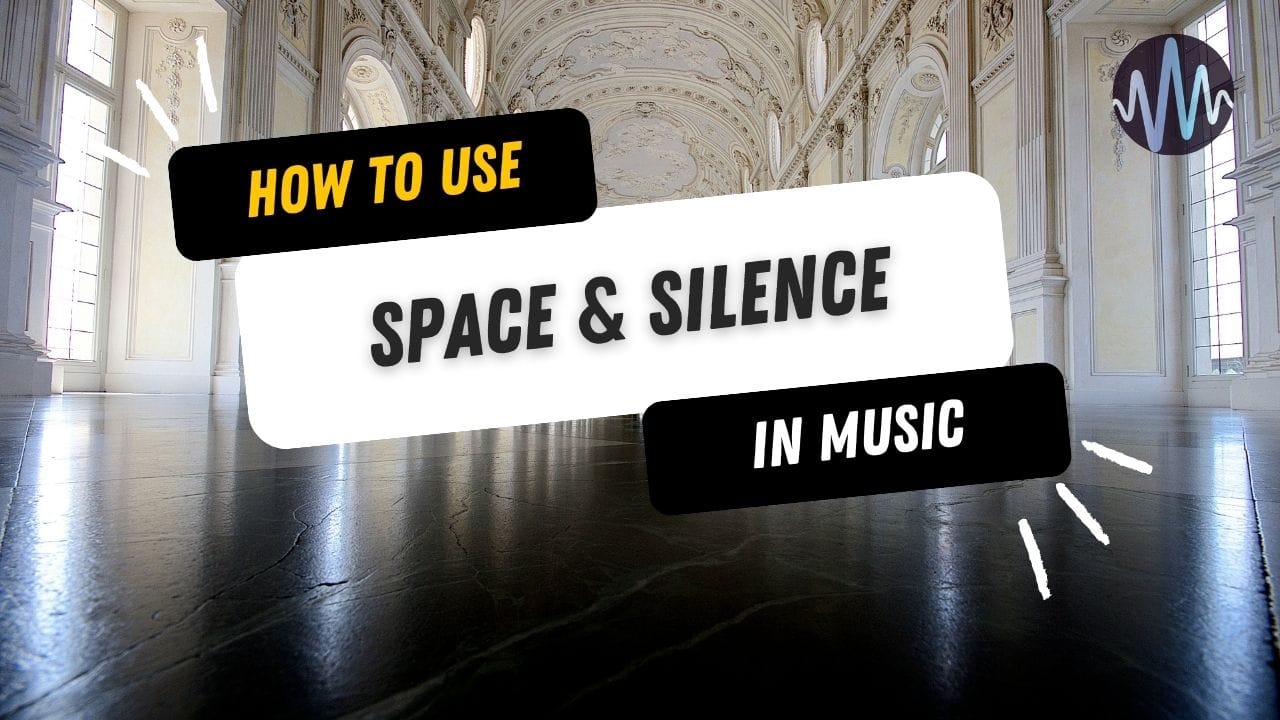
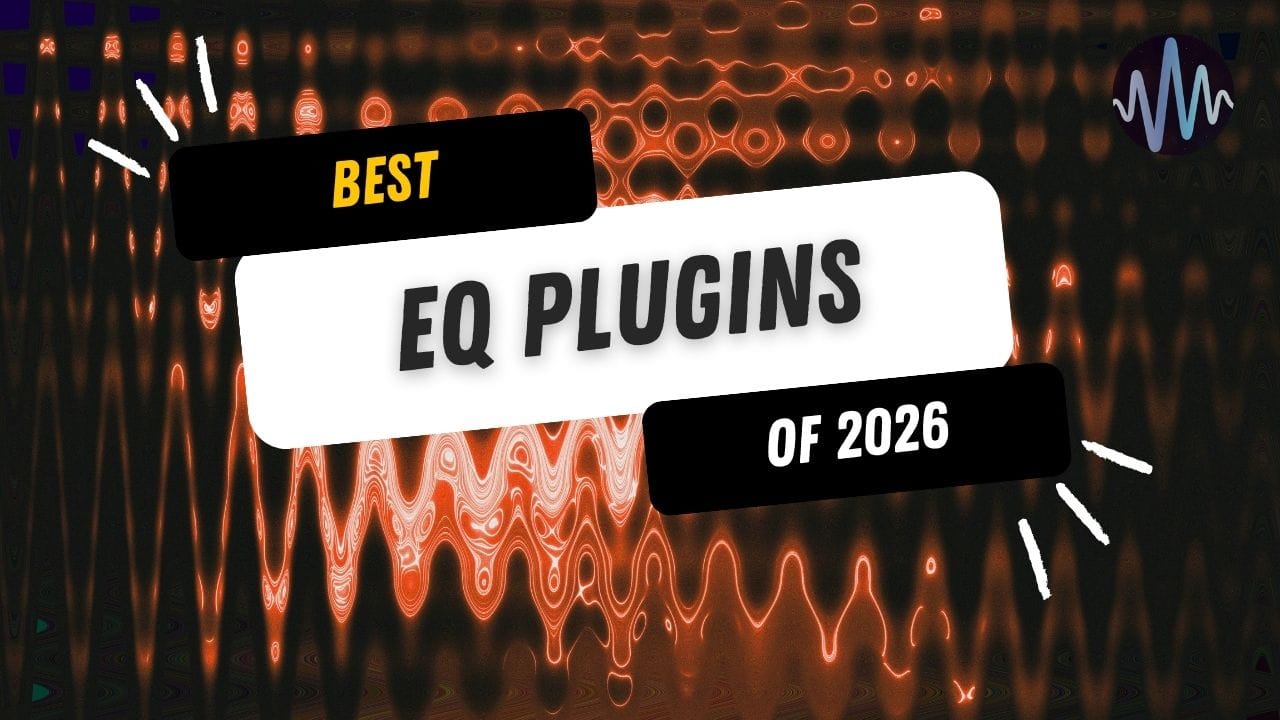
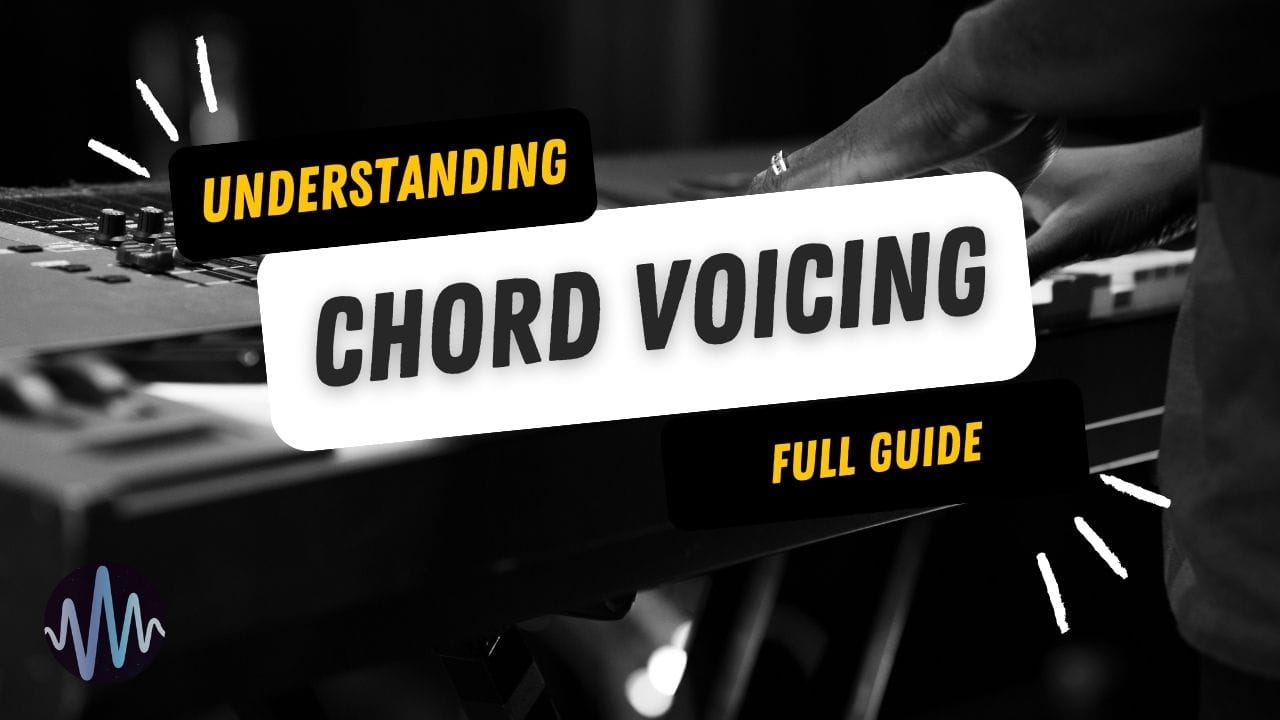
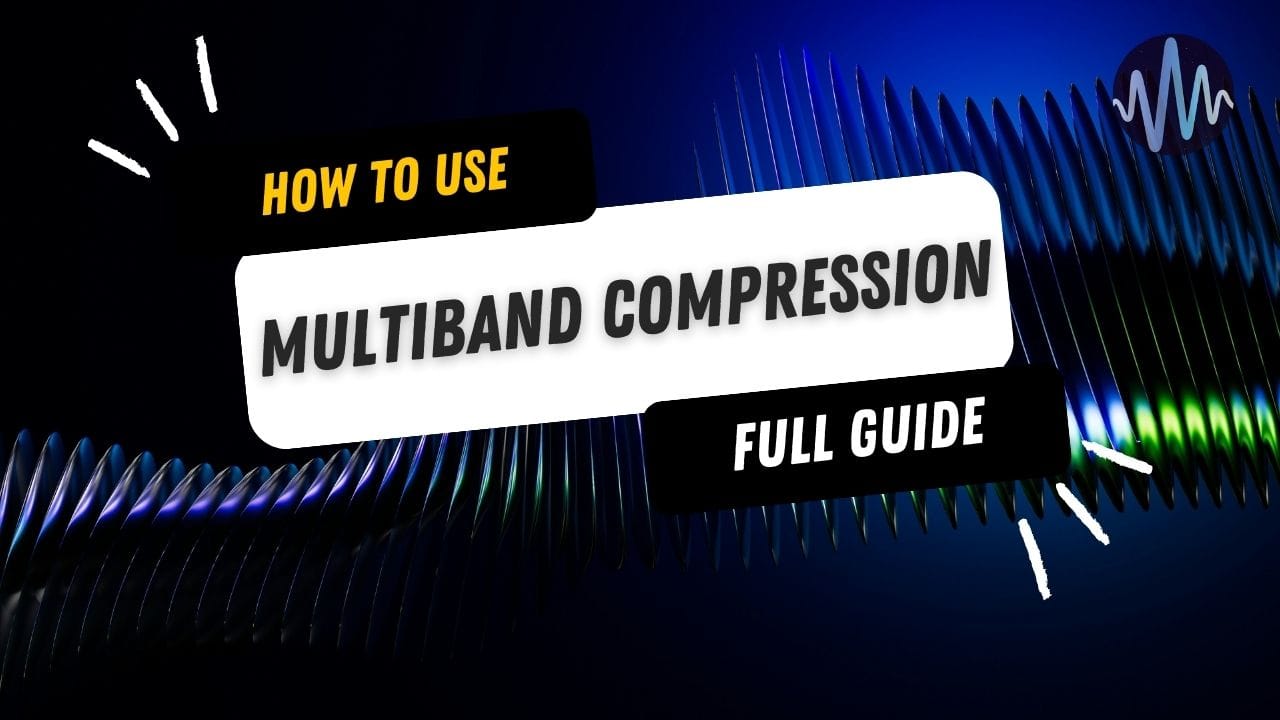
Comments